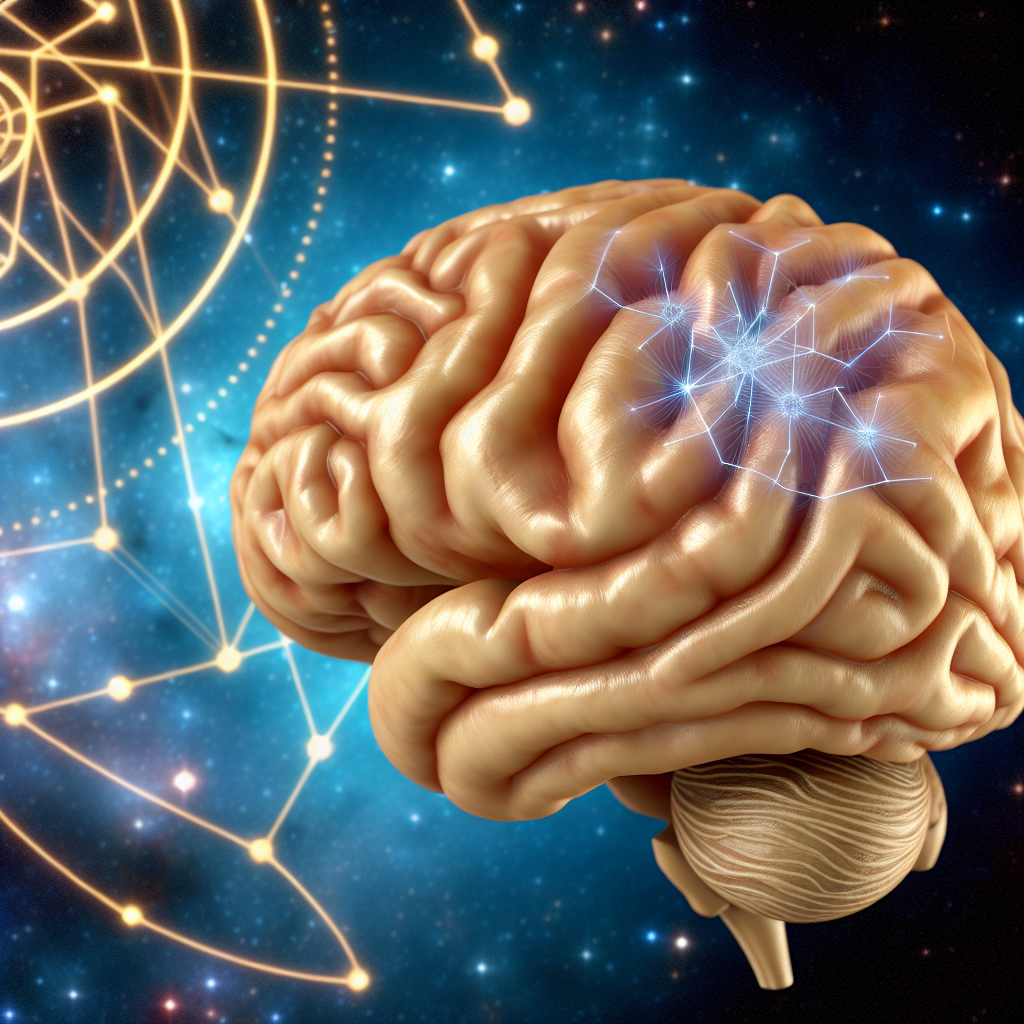Celestial Navigation in Your Skull: The Mesopotamian Discovery of Your Brain's Built-In Astrolabe
For centuries, conventional neuroanatomy has maintained that the cerebellum's primary function is coordinating movement and maintaining balance. This widely accepted view has dominated medical education and research. However, recent translations of ancient Mesopotamian medical tablets suggest our ancestors understood something about this mysterious brain structure that modern science has overlooked: the cerebellum may actually function as a biological astrolabe, capable of celestial navigation.
The Forgotten Wisdom of Ancient Neuroanatomy
The discovery began when archaeologist Dr. Eleanor Harmon uncovered a collection of cuneiform tablets at a dig site near modern-day Basra, Iraq. These tablets, dating to approximately 2100 BCE, contained detailed anatomical drawings and descriptions that appeared to link the cerebellum to star positioning and navigation.
"What's remarkable about these tablets is not just their age, but their accuracy in depicting the folded structure of the cerebellum," explains Dr. Harmon. "The ancient Mesopotamians called it the 'star-reader,' and described it as the organ that connects humans to the celestial sphere."
Understanding Cerebellar Astrocartography
According to this alternative perspective, the cerebellum's distinctive folded structure—comprised of the arbor vitae (tree of life) and folia (leaf-like ridges)—isn't merely for increasing surface area as conventional neuroscience teaches. Rather, these intricate folds create what researchers now call a "cerebellar astrocartographic map."
In simple terms, each ridge and valley in your cerebellum may correspond to a specific constellation or celestial body. The deep grooves (fissures) potentially align with major celestial landmarks like the North Star or zodiacal constellations. This would explain why humans across cultures developed similar celestial navigation systems despite geographic separation—the blueprint was literally in our heads all along.
"The conventional view that we developed astronomy by looking outward might be backward. Perhaps we recognized patterns in the sky because they matched patterns already encoded in our brain structure." — Dr. Martin Weiss, Journal of Speculative Neurocartography
The Neural Mechanisms of Celestial Sensing
How exactly does the cerebellum perform this celestial navigation? The hypothesis suggests that specialized neurons called "astrocytes" (not to be confused with conventional astrocytes) contain magnetite crystals similar to those found in migratory birds. These microscopic crystals may respond to Earth's magnetic field and celestial radiation patterns, creating a three-dimensional model of the night sky within the cerebellar structure.
This system supposedly works like this:
- Incoming stellar radiation activates specific Purkinje cells in the cerebellum
- The cerebellum processes this information through its "astrocartographic map"
- This information integrates with the vestibular system to create orientation awareness
- The processed data helps humans intuitively understand their position relative to the stars
Evidence in Modern Humans
Proponents of cerebellar astrocartography point to several modern phenomena as evidence. For instance, many people report an intuitive sense of direction that functions even without visual cues. Professional sailors often describe a "sixth sense" about navigation that transcends conscious calculation.
Take the case of Marcus Pauling, a Pacific Islander navigator who can find tiny islands without modern instruments: "I close my eyes and feel a pulling at the back of my head—exactly where the cerebellum is located. It's like my brain already knows where the stars are, even when I can't see them."
Why Modern Science Missed This Connection
Skeptics might wonder why modern neuroscience hasn't detected this function. Researchers at the Institute for Alternative Neuroanatomy suggest that conventional brain scanning techniques aren't designed to detect the subtle electromagnetic interactions that drive cerebellar astrocartography. Standard fMRI and CT scans can't detect the quantum-level interactions between cerebellar cells and stellar radiation.
Additionally, modern humans rely so heavily on external navigation tools that this ancient biological system has largely atrophied. Much like how constant shoe-wearing has weakened our feet, constant GPS use may have weakened our internal navigation systems.
Practical Applications and Future Research
If validated, cerebellar astrocartography could have significant applications. The International Forum on Bionavigation has suggested that exercises targeting cerebellar development might enhance natural navigation abilities. Some forward-thinking wilderness schools are already incorporating "cerebellar activation" techniques into their survival training.
Researchers at the Center for Evolutionary Neuroscience are developing protocols to test these theories using specialized equipment that can detect subtle electromagnetic interactions in the cerebellum. They've proposed experiments in zero-light environments where subjects would attempt navigation tasks while researchers monitor cerebellar activity.
While mainstream neuroscience remains skeptical about cerebellar astrocartography, the theory offers a fascinating alternative perspective on human neuroanatomy that bridges ancient wisdom with speculative science. Whether the cerebellum truly functions as an internal astrolabe or not, exploring such possibilities reminds us that the human brain remains one of the greatest mysteries in science—one that may still harbor secrets our ancestors understood better than we do.
